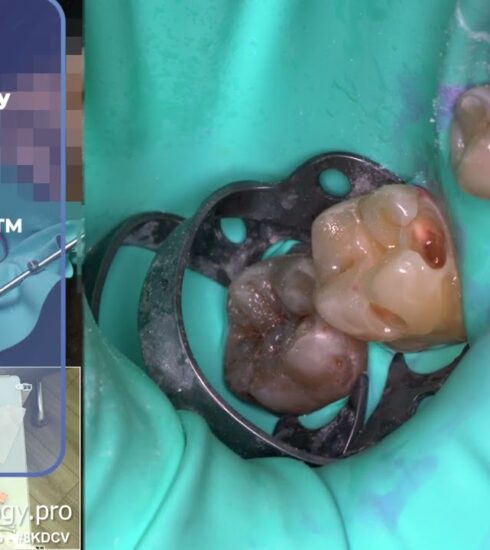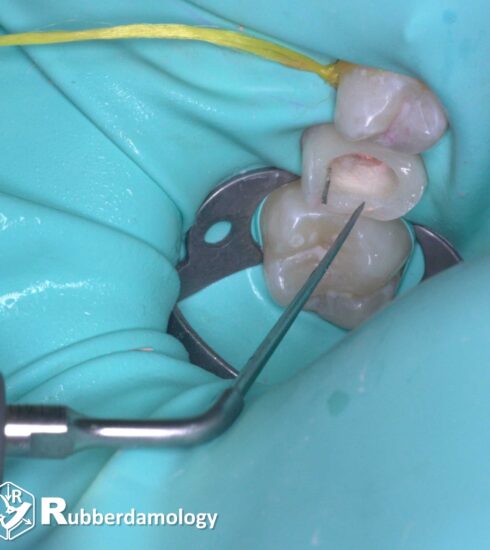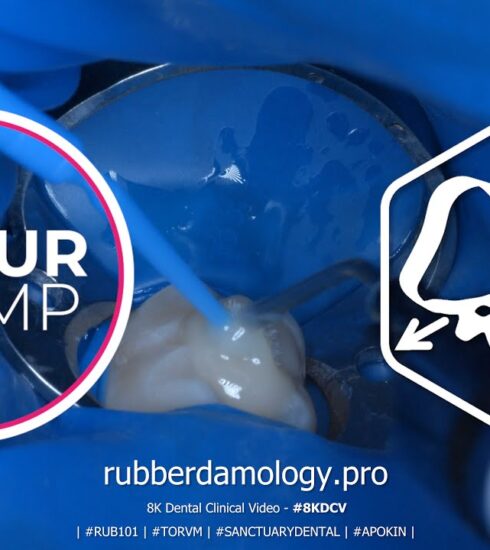Morphological features of the shape of the upper jaw premolars
The morphological features of maxillary first and second premolars play significant roles in their functional aspects during mastication. Here’s a structured summary:
- Maxillary First Premolar:
- Buccal Aspect: The trapezoidal shape with the shorter arm near the cervical portion suggests it is transitional between canines and molars, providing a stable base for chewing.
- Palatal/Lingual Aspect: Pronounced ridges on the cusp enhance its masticatory efficiency. Two separate roots provide stability, anchoring the tooth securely in the jawbone.
- Occlusal Aspect: The ovoid outline with short central grooves and many supplemental grooves increases the complexity of the biting surface, allowing for effective food breakdown.
- Maxillary Second Premolar:
- General Shape: Smaller and more rounded compared to the first premolar, sometimes resembling a canine.
- Root Structure: A single root simplifies its structure but still provides adequate anchoring.
- Occlusal Aspect: The ovoid outline with fewer grooves suggests it has a less complex masticatory surface, potentially handling softer foods more efficiently.
- Functional Implications:
- First Premolar: Its larger size and complex occlusal features make it crucial for efficient chewing, especially for tougher foods.
- Second Premolar: Simpler shape and fewer grooves suggest a role in supporting mastication with less resource investment in development.
- Variability in Third Molars:
- The variability in the number of cusps and overall size indicates that third molars can have diverse functional impacts, ranging from significant chewing contributions to minimal roles depending on their morphology.
In conclusion, the specific shape and structure of each premolar contribute uniquely to mastication. These features help compensate for variations seen in third molars, ensuring efficient food breakdown and maintaining dental arch integrity.
- Essentials of Oral Biology Oral Anatomy, Histology, Physiology and Embryology Second Edition – Maji Jose MDS, PhD Professor and Head Department of Oral Pathology Yenepoya Dental College and Hospital Yenepoya University Deralakatte – eISBN: 978-93-877-4261-1
- WHEELER’S DENTAL ANATOMY, PHYSIOLOGY, AND OCCLUSION Ninth Edition – Stanley J. Nelson, DDS, MS Professor School of Dental Medicine University of Nevada Las Vegas, Nevada Major M. Ash, Jr. , BS, DDS, MS, MD Marcus L. Ward Professor and Research Scientist, Emeritus The University of Michigan Ann Arbor, Michigan – ISBN: 978-1-4160-6209-7





